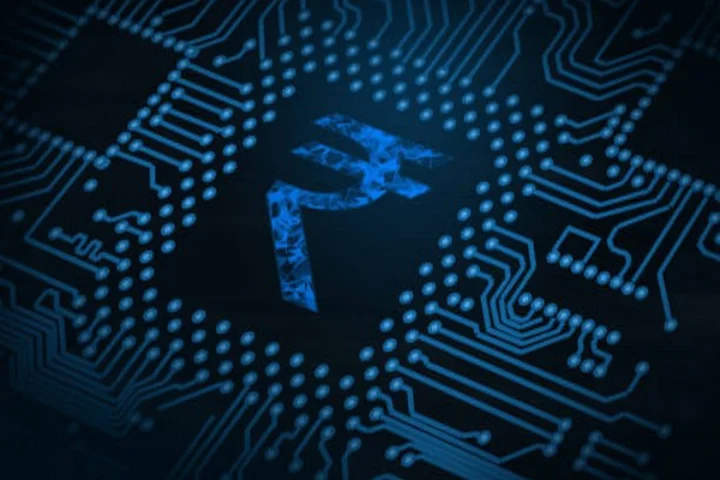

Representative Image
The e-commerce market in India is expected to skyrocket to USD 325 billion by the same year, with the digital economy reaching a staggering USD 800 billion.
According to Invest India, with 881 million users, India has the 2nd largest Internet user-base globally, and set to become the 3rd largest online retail market by 2030.
India is on the trajectory to become a global e-commerce powerhouse by 2030, fueled by a burgeoning digital economy and a rapidly expanding internet user base.
The future scenario paints a picture of India leading the charge in online shopping, with an estimated 500 million shoppers by 2030.
Currently, India’s e-commerce sector stands at a market size of USD 70 billion, constituting around 7 per cent of the total retail market in the country.
The internet penetration has witnessed significant growth, with 52 per cent of the Indian population, approximately 759 million people, accessing the internet in 2022.
Several factors contribute to India’s e-commerce boom.
One of the primary drivers is the increasing internet penetration, with around 87 per cent of Indian households expected to have internet connections by 2025.
The duration of internet access through mobiles has seen a 21 per cent rise compared to 2019.
The number of online shoppers in India is projected to increase significantly, with a compound annual growth rate (CAGR) of 22 per cent to 88 million in rural India and 15 per cent to 263 million across urban India between 2019 and 2026.
India’s affordability in data prices also plays a pivotal role, with one gigabyte of data costing approximately USD 0.17 (Rs 13.5), driving the majority of the population online.
The rise in smartphone users, projected to reach 1.18 billion by 2026, coupled with an increase in average data consumption per user, further propels the digital economy.
Mobile data traffic has tripled from 2018 to 2023, showcasing the increasing reliance on digital platforms for various needs.
Unified Payments Interface (UPI) has emerged as a significant player in digital payments, accounting for USD 1.5 trillion transactions in 2022. By 2026, 81 per cent of India’s population is expected to have access to smartphones.
The availability of local language and mobile-first content has seen a surge, with approximately 73 per cent of India’s internet subscribers using Indian languages. This has led to an estimated regional language base of 540 million, offering a market size of USD 53 billion.
Digital infrastructure such as UPI, eKYC, and Aadhaar has reduced the time taken to onboard consumers by 80 per cent, further streamlining the digital experience.
A significant shift is observed towards rural-led value e-commerce, with over 60 per cent of demand expected to be driven by tier 2-4 towns and rural India by 2026.
Government initiatives like the National Logistics Policy aim to smoothen deliveries to hinterlands, making logistics efficient and cost-effective.
In hyperlocal mobility, India’s quick commerce market is expected to reach a market size of USD 5.5 billion by 2025. Companies like Swiggy and Zomato are leading the market, introducing new microsegments such as car-pooling and e-scooter rentals.
In health tech, preventive healthcare is expected to grow twofold by 2025, creating significant job opportunities.
Social commerce is expected to reach a market size of USD 70 billion by 2030, with small video applications gaining wide appeal.
Key mergers and acquisitions in the e-commerce sector have been notable, with companies like Zomato and PhonePe making strategic moves to strengthen their positions.
Government initiatives like Jan Dhan Yojana, BharatNet Project, and the introduction of Goods & Service Tax (GST) have played a crucial role in shaping India’s digital economy.
Taiwan's Ministry of National Defence (MND) stated that it detected 50 Chinese military aircraft and…
US President Donald Trump is expected to make a decision about whether to take direct…
Prime Minister Narendra Modi and his Croatian counterpart Andrej Plenkovic have noted the importance of…
Israel Defence Forces Spokesperson Brigadier General Effie Defrin on Thursday said that Iran has expressed…
India's Hindustan Aeronautics Limited (HAL) and French engine manufacturer, Safran Aircraft Engines, signed an agreement…
India has emerged as a country with the third-largest growth in power generation capacity globally…